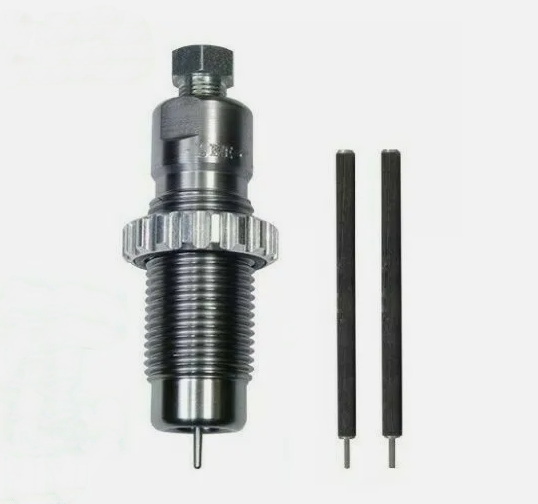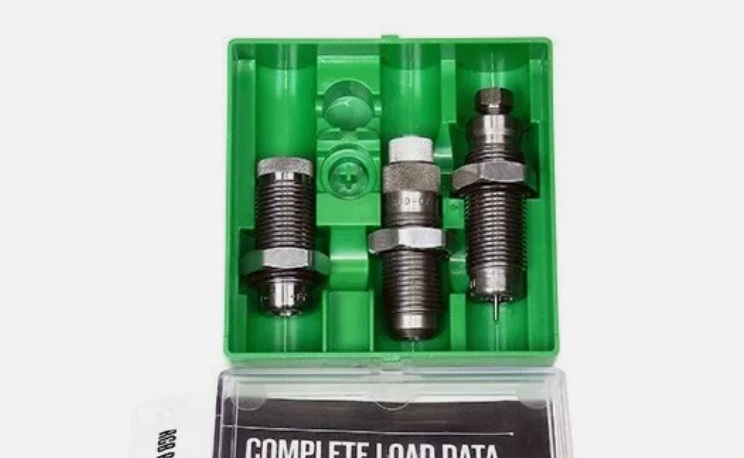Content Menu
● Introduction
● Understanding 30-30 Carbide Reloading Dies
● Choosing the Right 30-30 Reloading Tools
● Step-by-Step Guide to Using 30-30 Carbide Reloading Dies
>> Preparation: Materials and Tools Needed
>> Step 1: Cleaning and Inspecting Brass Cases
>> Step 2: Resizing the Brass Cases
>> Step 3: Priming the Cases
>> Step 4: Measuring and Adding Powder
>> Step 5: Seating the Bullets
>> Step 6: Crimping (if necessary)
>> Common Issues and Solutions
● Tips for Improving Reloading Efficiency
● Conclusion
● Related Questions
>> Q1. What are the advantages of using carbide reloading dies over steel dies?
>> Q2. How often should I clean my reloading dies?
>> Q3. Can I use carbide dies for other calibers?
>> Q4. What is the best way to store reloaded ammunition?
>> Q5. How can I ensure consistent powder measurements?
Introduction
The 30-30 Winchester cartridge has long been a favorite among hunters and sport shooters alike. Known for its versatility and effectiveness, it has been a staple in American firearms since its introduction in 1895. Reloading this cartridge can enhance its performance and save money, especially for avid shooters. One of the best ways to improve your reloading process is by using 30-30 carbide reloading dies. These specialized tools offer numerous advantages over traditional steel dies, making them an essential part of any reloader's toolkit.
Understanding 30-30 Carbide Reloading Dies
Carbide reloading dies are made from a hard, durable material that provides several benefits. Unlike standard steel dies, carbide dies are less prone to wear and tear, which means they can last significantly longer. This durability translates to a more consistent resizing process, which is crucial for achieving accurate and reliable ammunition.
Carbide dies are particularly effective for resizing brass cases. The smooth surface of carbide allows for easier case entry and exit, reducing the risk of case sticking. This feature is especially beneficial when reloading the 30-30 cartridge, as it often requires resizing after firing to ensure proper chambering.

Choosing the Right 30-30 Reloading Tools
When selecting 30-30 reloading dies, it's essential to consider various factors, including brand reputation, die set composition, and price. Some of the most popular brands for 30-30 carbide reloading dies include RCBS, Lee Precision, and Hornady. Each brand offers unique features and benefits, so it's crucial to research and compare them to find the best fit for your needs.
A typical 30-30 carbide die set includes a sizing die, a bullet seating die, and sometimes a neck expanding die. The sizing die is used to resize the brass cases, while the bullet seating die is responsible for placing the bullet at the correct depth. Some sets may also include a crimping die, which helps secure the bullet in place.
When considering price, it's essential to balance cost with quality. While cheaper dies may seem appealing, investing in a high-quality carbide die set can save you money in the long run by reducing wear and improving performance.
Step-by-Step Guide to Using 30-30 Carbide Reloading Dies
Reloading with 30-30 carbide dies involves several steps, each crucial for producing high-quality ammunition. Here's a detailed guide to help you through the process:
Preparation: Materials and Tools Needed
Before you begin reloading, gather all necessary materials and tools. You will need:
- 30-30 brass cases
- 30-30 carbide reloading die set
- Reloading press
- Powder scale
- Powder measure
- Primers
- Bullets
- Case lube (if necessary)
- Safety glasses and gloves
Step 1: Cleaning and Inspecting Brass Cases
Start by cleaning your brass cases to remove any dirt or debris. You can use a tumbler with media or a sonic cleaner for this purpose. After cleaning, inspect each case for signs of damage, such as cracks or dents. Discard any damaged cases, as they can lead to dangerous malfunctions.
Step 2: Resizing the Brass Cases
Once your cases are clean and inspected, it's time to resize them. Install the sizing die into your reloading press and adjust it according to the manufacturer's instructions. Insert a brass case into the die and operate the press to resize the case. The carbide die will ensure a smooth resizing process, making it easier to chamber the case in your firearm.
Step 3: Priming the Cases
After resizing, the next step is to prime the cases. Use a priming tool or the priming feature of your reloading press to insert new primers into each case. Ensure that the primers are seated correctly and flush with the case head.
Step 4: Measuring and Adding Powder
Using a powder scale, measure the appropriate amount of powder for your load. The amount of powder will depend on the specific bullet and load data you are using. Once measured, use a powder measure to dispense the powder into each primed case. Double-check your measurements to ensure consistency.
Step 5: Seating the Bullets
With the powder in place, it's time to seat the bullets. Install the bullet seating die into your press and adjust it according to the desired overall length (OAL) for your load. Place a bullet on top of each case and operate the press to seat the bullet. Ensure that the bullet is seated to the correct depth for optimal performance.
Step 6: Crimping (if necessary)
If your load requires crimping, install the crimping die and adjust it accordingly. Crimping helps secure the bullet in place, preventing it from moving during recoil. This step is particularly important for lever-action rifles, which can experience bullet movement during cycling.
Common Issues and Solutions
While reloading can be a straightforward process, you may encounter some common issues. Here are a few potential problems and their solutions:
- Stuck Cases: If a case gets stuck in the die, use a stuck case remover tool to extract it. Always ensure that you are using enough case lube to prevent sticking.
- Inconsistent Bullet Seating: If you notice variations in bullet seating depth, check the adjustment of your seating die. Make sure it is set correctly and that you are applying consistent pressure.
- Overcharged Cases: Always double-check your powder measurements to avoid overcharging, which can lead to dangerous pressures.

Tips for Improving Reloading Efficiency
To maximize your reloading efficiency, consider the following tips:
- Organize Your Workspace: Keep your reloading area tidy and organized. Having all tools and materials within reach can save time and reduce frustration.
- Batch Processing: Instead of reloading one round at a time, process your brass in batches. Resize all cases first, then prime them, and so on. This method can significantly speed up the reloading process.
- Use Quality Tools: Invest in high-quality reloading tools, including a reliable press and carbide dies. Quality tools will perform better and last longer, ultimately saving you time and money.
- Maintain Your Equipment: Regularly clean and maintain your reloading equipment to ensure optimal performance. This includes lubricating moving parts and checking for wear.
Conclusion
Using 30-30 carbide reloading dies can significantly enhance your reloading efficiency and the quality of your ammunition. By understanding the benefits of carbide dies, choosing the right tools, and following a systematic reloading process, you can produce reliable and accurate rounds for your 30-30 Winchester. With practice and attention to detail, reloading can become a rewarding and enjoyable hobby.

Related Questions
Q1. What are the advantages of using carbide reloading dies over steel dies?
Carbide reloading dies are more durable, provide smoother resizing, and reduce the risk of case sticking, making them a better choice for consistent performance.
Q2. How often should I clean my reloading dies?
It's recommended to clean your reloading dies after every few reloading sessions or whenever you notice residue buildup to maintain optimal performance.
Q3. Can I use carbide dies for other calibers?
Yes, carbide dies are available for various calibers, and they can be used for any cartridge that requires resizing.
Q4. What is the best way to store reloaded ammunition?
Store reloaded ammunition in a cool, dry place, preferably in labeled containers to keep track of different loads and prevent moisture damage.
Q5. How can I ensure consistent powder measurements?
Use a reliable powder scale and measure each charge individually. Consider using a powder trickler for fine adjustments to achieve consistent measurements.
















